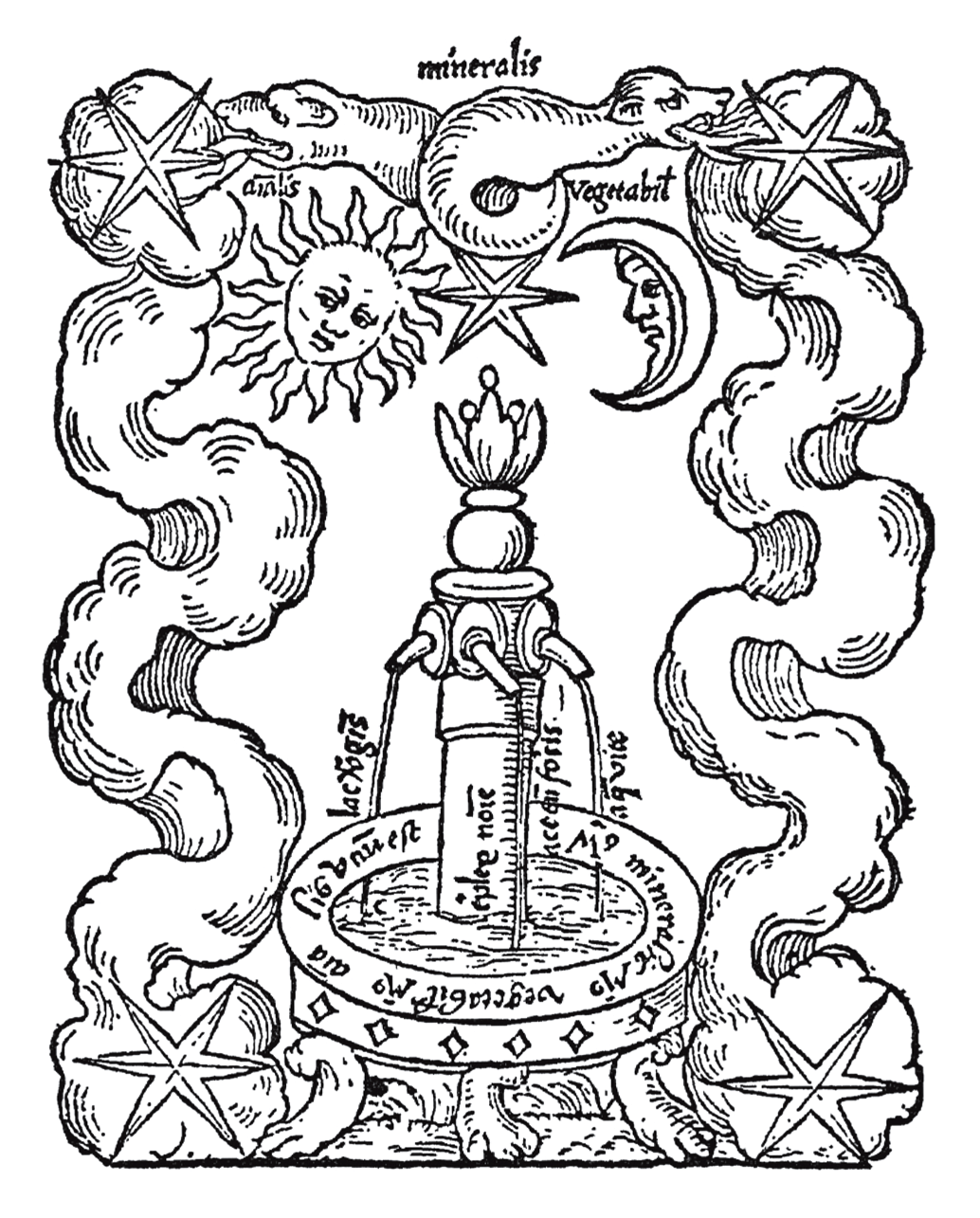
Matthew Sheppard, Conductor
Eui-gun Lee, Bariton
Dong-Seok Yu, Oboe
Jiyeon Choi, Clarinet
Andrew Somerville, Alto Saxophone
Molly O'Roarke, Harp
Tomoko Ono, Piano
Chukyung Park, Violin 1
Hyein Lee, Violin 2
Jing Chen, Viola
Hyeju Song, Violoncello
Smith Recital Hall, October 2014
Duration: ca. 10.5 min.
Psychogonia:
Four is the Chaos
the ominous darkness of nature's secret
the amniotic fluid of the primordial womb
It is sinister innocence!
the pure state of slavery, severance, of imperfection
longing for redemption, union, and fulfillment
Three is the triplex nomine;
"animalis", "vegetabilis", "mineralis"
a blemished trinity
full of instinct, desire, and invasion
towards one the hermaphroditus
Two is King and Queen, (Solis et Lunae)
the path from the left hand of bleak iniquity
to the right hand holding four divine flowers
the fifth descends from above
by the dove of the Holy Spirit
Coniunctio Oppositorum
Quia ipsa omnia sunt ex uno, quod est radix ipsius
Oh filius philosophorum!
beckons me across the ninth rosicrux
Text by Dongryul Lee
Based on the work, "Die Psychologie der Uebertragung," 1946
Written by C. G. Jung

Program notes:
Psychogonia is inspired from the poem that C.G.Jung wrote and inscribed on one side of the castle-like residence he built on the shore of Lake Zurich, a structure he named Bollingen Tower.
The poem and its accompanying picture refer to Hermes, who symbolizes an anthropomorphized lapis philosophorum (philosopher’s stone)-a figure Jung interpreted as a metaphor for the birth of individual consciousness, from collective unconsciousness through the process of personification, based on the alchemical process what he used as a metaphor, Axiom of Maria: the treatise attributed to the medieval alchemist Maria Prophetissa, symbolizing a consecutive numerical dimension from the number 4 to 3 to 2 to 1.
This idea of corporealized gem from the unfathomable sea of unconsciousness reminds me of a psycho-acoustical phenomenon I encountered while studying acoustical physics at the University of Illinois with Steven Errede. Using the concept of cubic or higher order difference tones discovered by psychoacoustical experiments (Plomp, 1965) and also discussed by Hindemith already in 1937; I noted how our mind (or inner ear, to a certain biological extent) hears a virtual fundamental tone when we hear two different pitches simultaneously. This enigmatic phenomenon, whereby nonlinear sonic apparitions emerge on our inner psychoacoustical pane triggered by outer sounds, are considered symbolically reminiscent of a lost paradise-a concept that takes on meaning in the contex of a modern information-oriented society as an anamnesis of spirituality, immanent yet undiscovered in our deepest mind.
Besides these psychological and psychoacoustical theories, there exist various enjoyable devices in the music based on the poem and picture: e.g., several elements from Jang-Gi (Chinese chess) visualizing a verse of Jung’s poem: “Time(Aion) is a child, who plays like a child, playing the game on a board.”
The text I have shaped for Psychogonia is based on Jung’s article, The Psychology of the Transference (Die Psychologie der Uebertragung, 1946).
